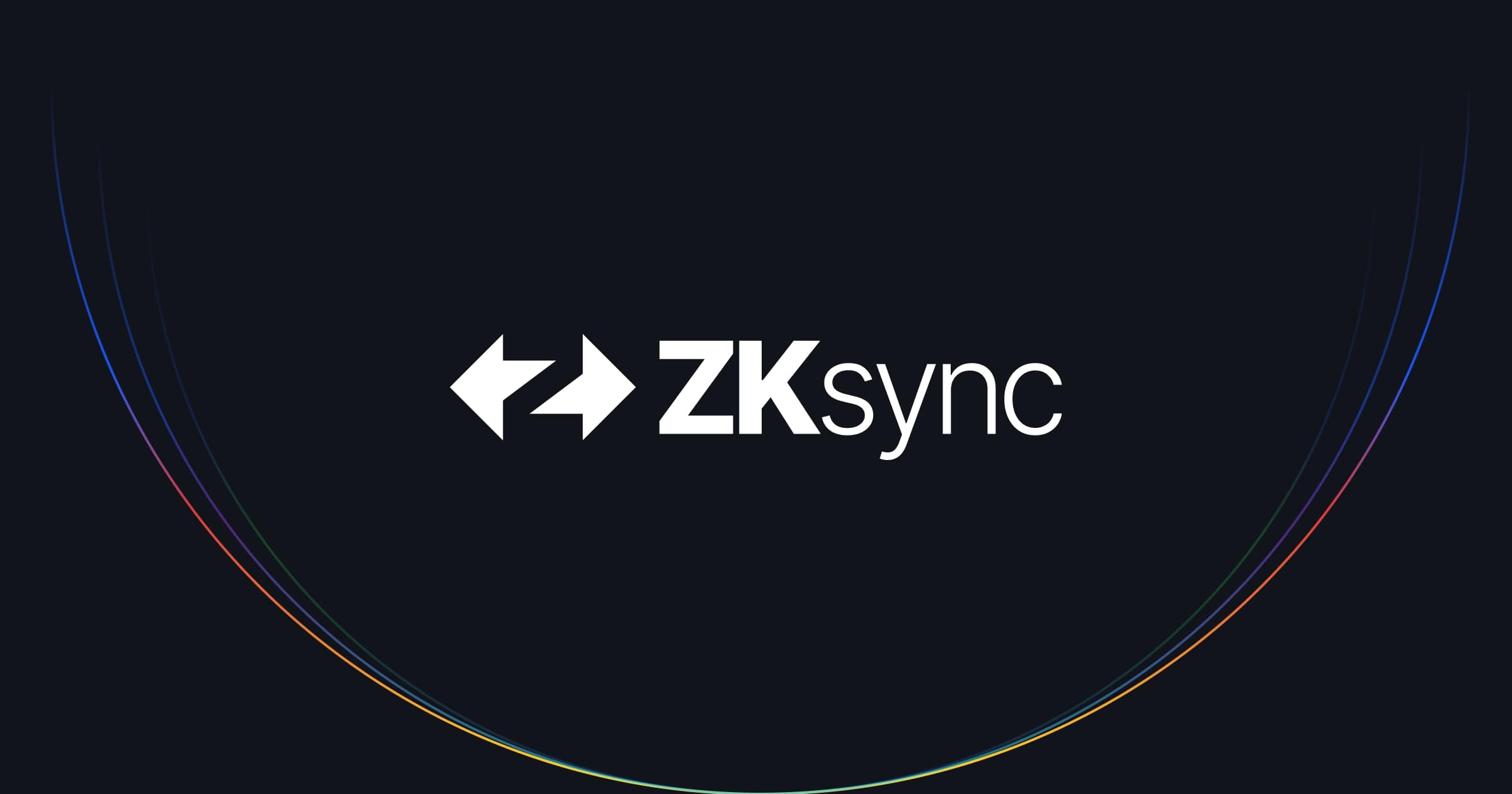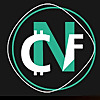ARTICLE AD BOX

- zkSync now supports native Ethereum bytecode, enabling seamless migration without custom tools.
- Despite full EVM support, recent security and funding changes show ongoing challenges.
After years of being part of Ethereum’s scaling solution, zkSync has finally announced the big news: it is now fully EVM Equivalent. What does that mean? Ethereum-based smart contracts can run directly on the zkSync network without the need for a compiler or special tools.
For developers who are already familiar with the Ethereum ecosystem, this is like moving house without having to unpack the furniture. Just pick up and go.
1/ Today we celebrate a big milestone: ZKsync is now fully EVM Equivalent! 

 pic.twitter.com/Ai70W4RuMG
pic.twitter.com/Ai70W4RuMG
— ZKsync (∎, ∆) (@zksync) May 6, 2025
zkSync Unlocks Full EVM Bytecode Compatibility
This move makes zkSync Ethereum-equivalent at the bytecode level, not just at the programming language level as before. ZIP-9, the governance plan officially underpinning the shift, is what drives this change.
Wrapped up in protocol update 27, this change will allegedly be extended across the whole Elastic zkSync network in the near future. Imagine running all the tools like Hardhat, Remix, or Foundry without having to tinker with the settings anymore—that is the new reality for zkSync builders.
A Bumpy Road Marked by Hacks and Hard Choices
However, zkSync’s journey to this point has not been all smooth sailing. On April 15, 2025, the network experienced a security incident. A hacker managed to exploit the airdrop distribution contract and steal 111 million ZK tokens, worth around $5 million.
Fortunately, the underlying contract and user assets remained unharmed. zkSync adopted an unusual step right away: providing the hacker a “safe harbor.” Should 90% be returned, 10% could be retained as a prize.
Miraculously, the hacker consented and sent the money back in 72 hours. Despite the funds being returned, the incident did trigger temporary inflation of the token supply—a small blemish on their record that is now under increasing scrutiny.
There has also been a shift in strategy. The CNF reports that zkSync has decided to cancel the second season of its Ignite incentive program. The main reason? Unfavorable market conditions.
They are now adopting a more conservative spending approach, while shifting their focus to the development of the Elastic Network—a modular framework designed to connect multiple zk networks more efficiently and flexibly. So it’s not just about cutting costs, it’s also about building a foundation for future expansion.
Moreover, retail users are not the only source of confidence in zkSync’s technology. Backed by Abu Dhabi, a venture capital company invested $5 million in GRVT, a crypto exchange based on zkSync, in January 2025. This was a clear indication that institutional players, particularly those located in the Gulf region, which is actively exploring crypto, were taking zkSync’s infrastructure seriously rather than just another investment.
Furthermore, data as of April 2025 also shows that zkSync is in second place in terms of real-world asset (RWA) tokenization. Of the $22 billion worth of RWA tokenized globally, Ethereum leads with $6.5 billion, followed by zkSync with $2.2 billion.
This clearly shows that this network is not just about speed and low fees, but also a new arena for tokenizing traditional assets on an institutional scale.
Meanwhile, as of press time, ZK is swapped hands at about $0.05067, down 2.70% over the last 24 hours and 13.91% over the last 7 days.
.png)
 14 hours ago
3
14 hours ago
3








 English (US)
English (US)